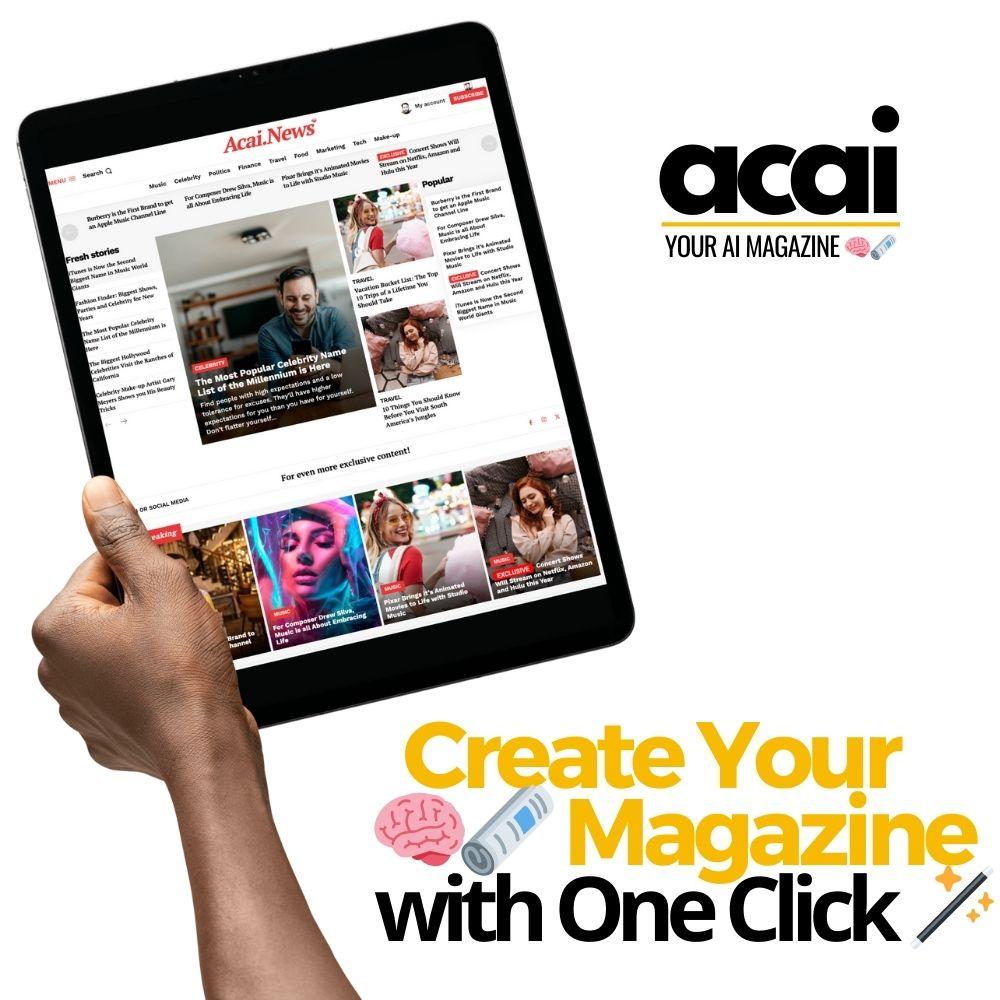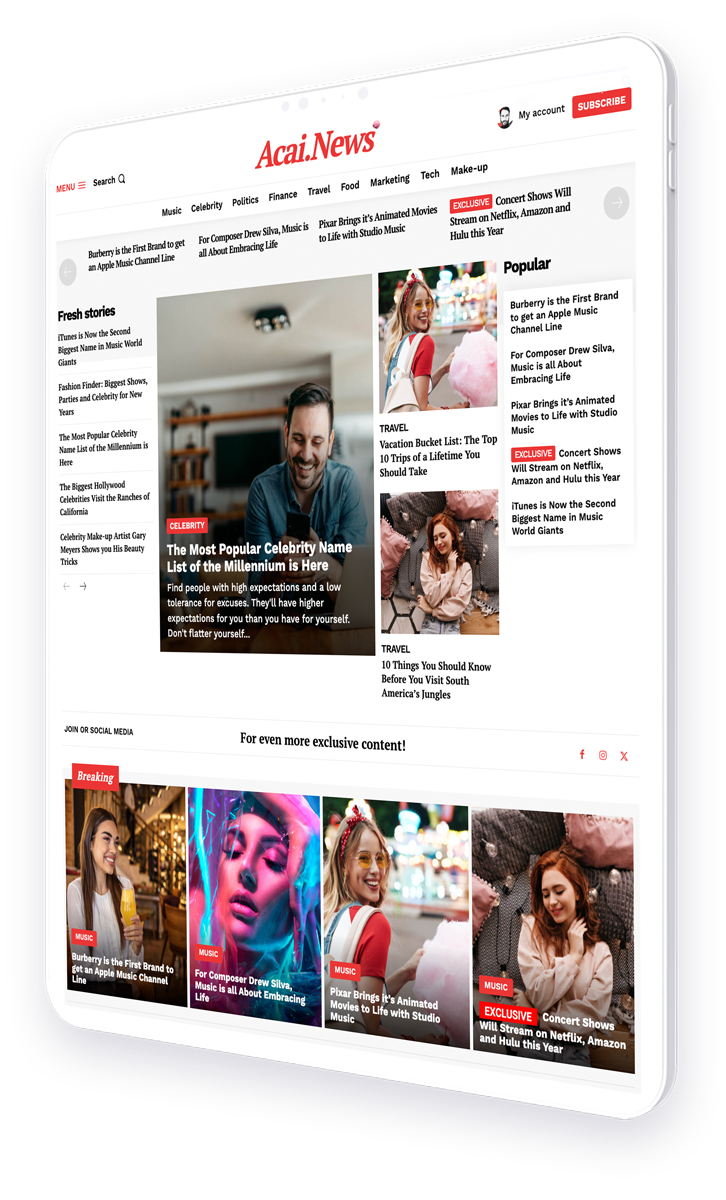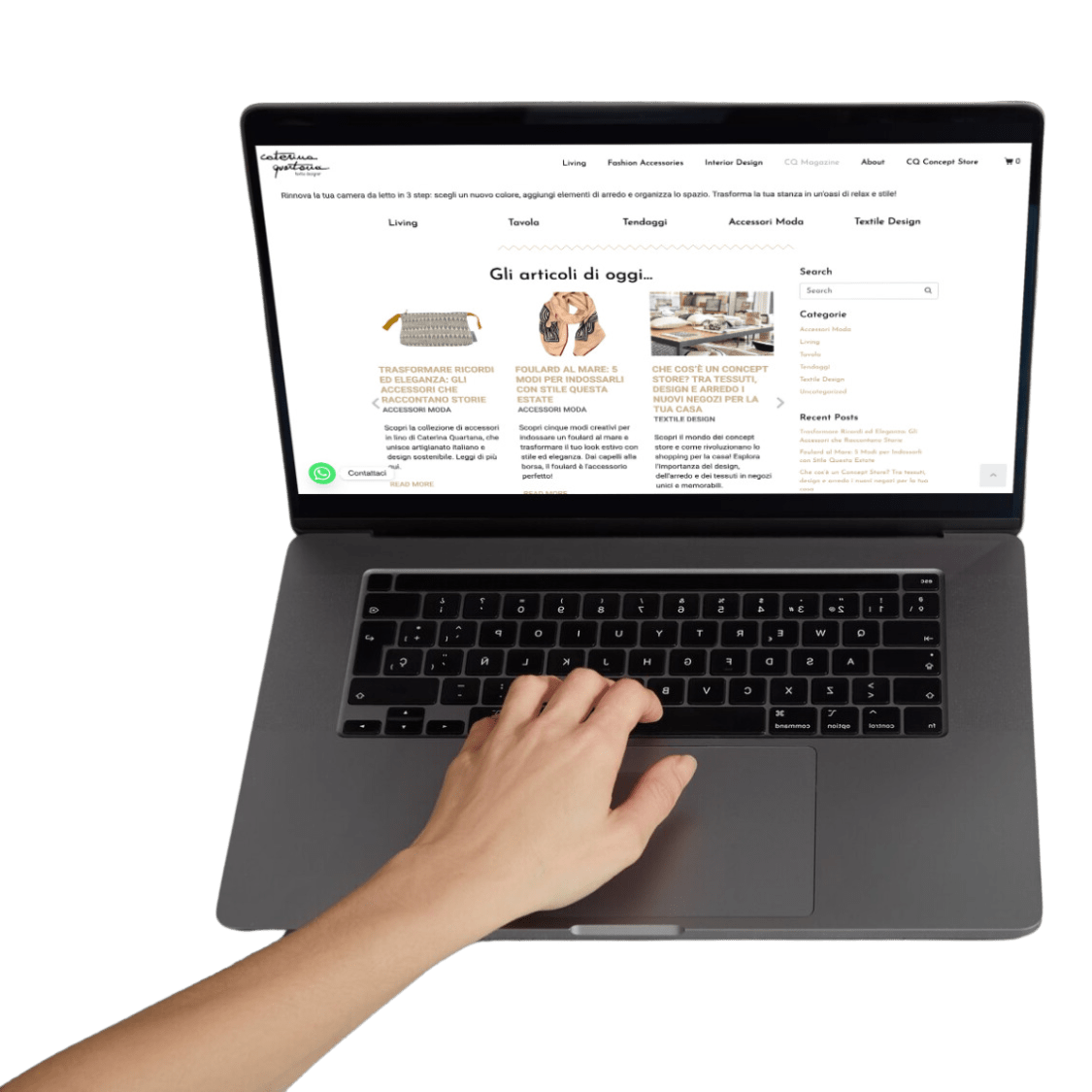Running A/B experiments to improve click-through and on-page metrics
As digital content continues to dominate the media landscape, optimizing every aspect of magazine layouts and headlines through SEO split testing has become crucial for publishers aiming to boost engagement and conversion rates.
- Understanding SEO Split Testing
- Importance of A/B Testing in Digital Publishing
- Implementing A/B Tests: A Step-by-Step Guide
- Case Studies and Success Stories
- Best Practices for SEO Split Testing
- Tools and Resources for Effective Testing
- Conclusion
Understanding SEO Split Testing
SEO split testing, or A/B testing, involves comparing two versions of a web page to see which one performs better in terms of SEO metrics. This method is particularly effective in optimizing magazine layouts and headlines, areas critical to attracting and retaining reader attention.
Importance of A/B Testing in Digital Publishing
A/B testing is not just about choosing the right elements; it’s about understanding your audience better. By systematically testing different versions of a page, publishers can derive valuable insights into the preferences and behaviors of their readership, leading to more informed decisions that enhance user engagement and satisfaction.
Implementing A/B Tests: A Step-by-Step Guide
Effective A/B testing in magazine layouts and headlines involves several key steps:
- Identifying the elements to test, such as the headline, subheadings, images, or layout configurations.
- Creating two or more variants of the same element.
- Using an A/B testing tool to serve these variants to different segments of your audience.
- Collecting and analyzing the data on user interactions with each variant.
- Making informed decisions based on the test results to optimize the overall content strategy.
Case Studies and Success Stories
Several publishers have seen remarkable improvements in their metrics through SEO split testing. For instance, a well-known digital magazine reported a 30% increase in reader engagement after optimizing their headline structures based on A/B test results. Another case involved tweaking image placements, which led to a 20% rise in page views and longer time spent on the page.
Best Practices for SEO Split Testing
To maximize the effectiveness of SEO split testing, consider the following best practices:
- Focus on one variable at a time to accurately measure its impact.
- Ensure that your sample size is large enough to yield statistically significant results.
- Be patient and allow the test to run long enough to collect meaningful data.
- Iterate on your tests; successful testing is a continuous improvement process, not a one-time task.
Tools and Resources for Effective Testing
Several tools can facilitate efficient and effective SEO split testing. Google Optimize offers a free and powerful platform for running A/B tests, while more advanced solutions like Optimizely provide additional features for enterprise-level testing. For more insights, visit Optimizely’s official website.
Conclusion
SEO split testing is a powerful strategy for digital publishers looking to enhance their content’s appeal and effectiveness. By embracing a data-driven approach to magazine layout and headline optimization, publishers can significantly improve their engagement metrics and better meet their audience’s needs. Remember, the key to successful A/B testing is continuous learning and adaptation based on test outcomes.




